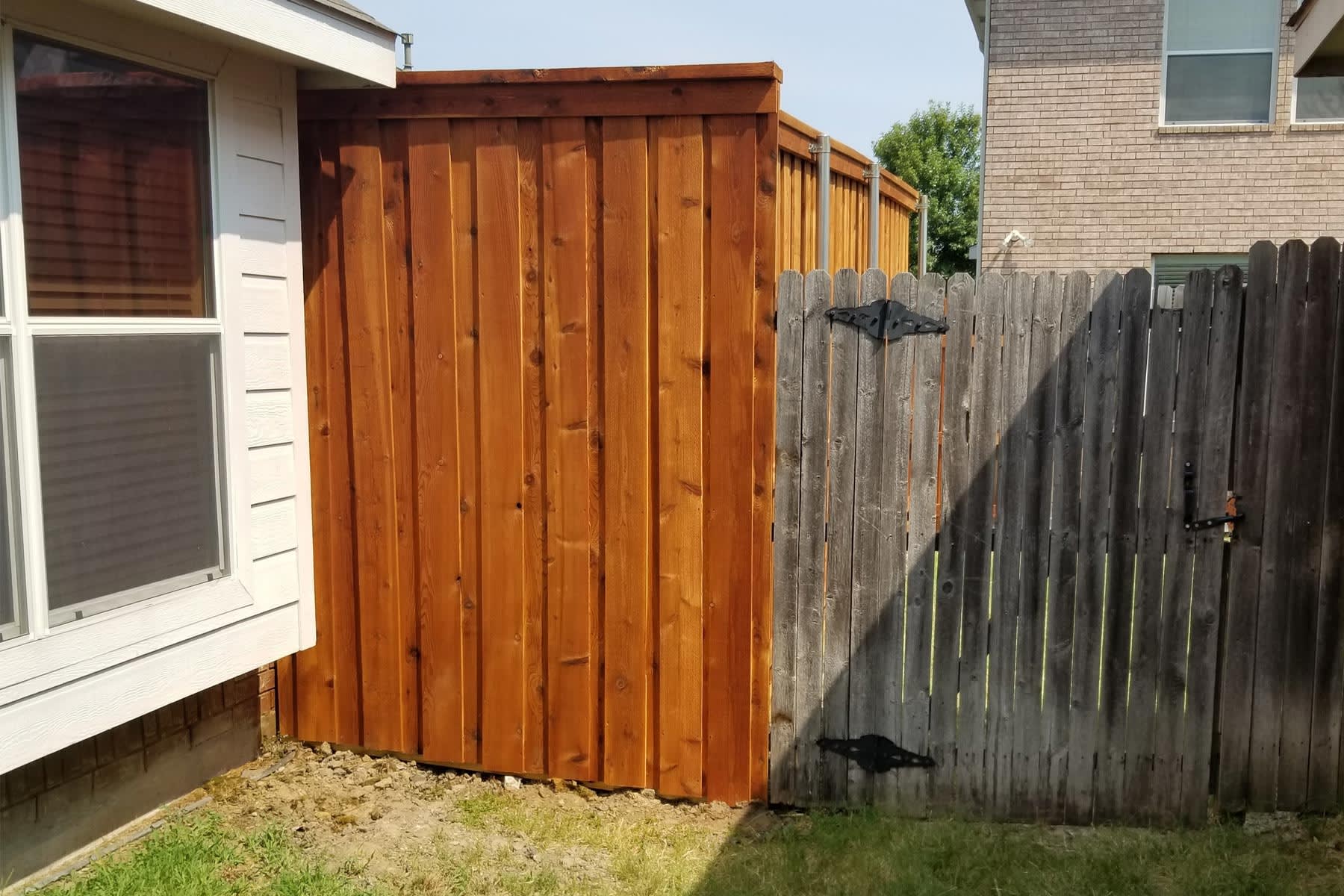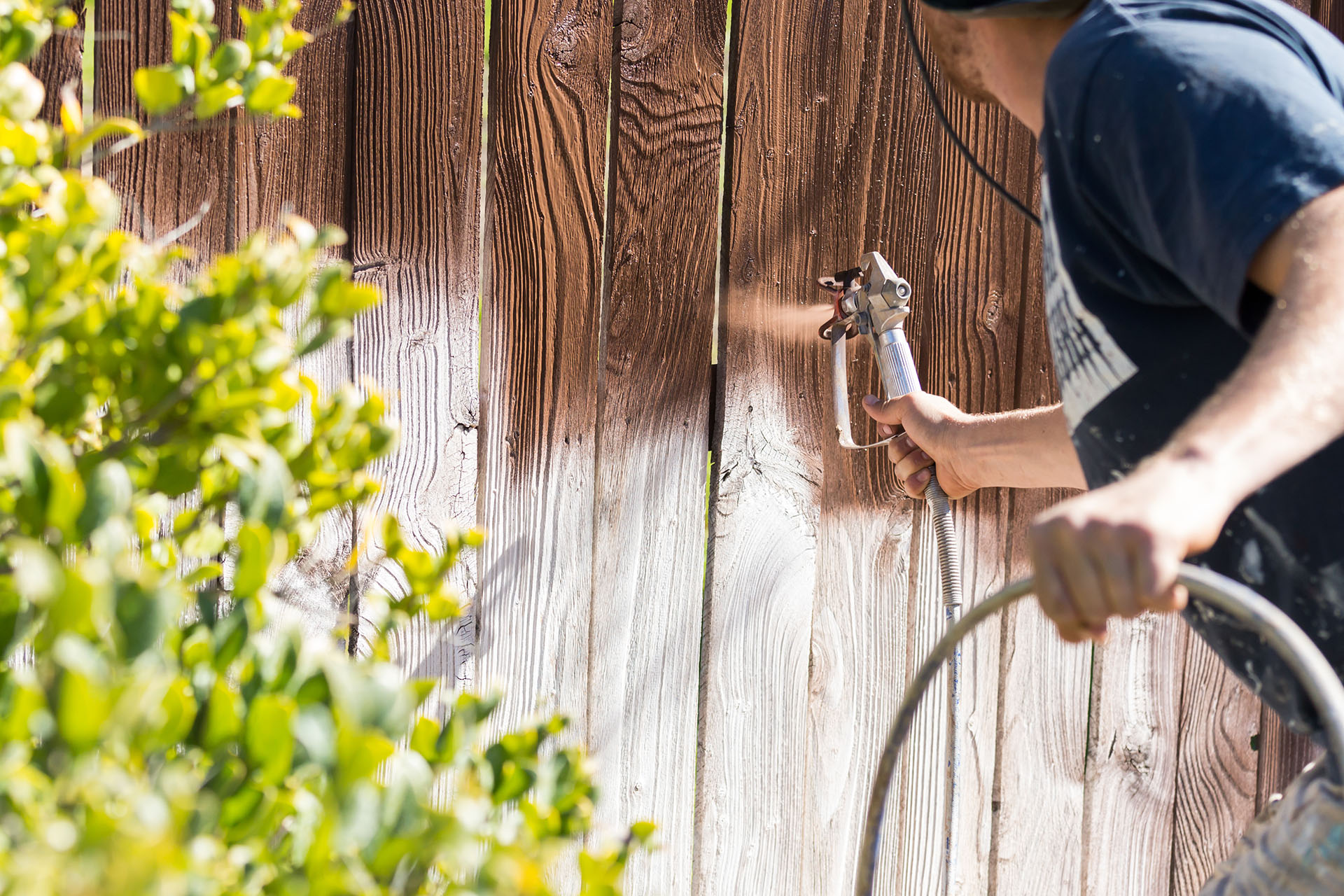Practical Deck Staining Near Me Solutions for Your Outdoor Room
Exactly How to Achieve Specialist Results With Deck Discoloration
The procedure of changing an aging deck right into a revitalized outside space needs much more than simply a coat of stain; it necessitates a systematic approach and attention to information. From choosing the suitable stain for your deck's timber type to grasping the application method, each step plays a vital role in the last outcome.
Selecting the Right Spot
Choosing the ideal tarnish for your deck is a critical choice that substantially affects the general appearance and longevity of the finish. When selecting a stain for your deck, it is crucial to consider both the aesthetic choices and the practical aspects of the product. Strong shade spots, on the other hand, supply the a lot of UV protection and offer a large range of shade options but will completely hide the timber grain.

In addition, think about the kind of wood your deck is constructed from, as different spots are developed to work best with certain timber types. Comprehending the degree of upkeep you agree to dedicate to is additionally essential, as some spots might need more regular reapplication than others. By meticulously taking into consideration these factors, you can pick a discolor that not just boosts the appearance of your deck however likewise protects it for many years to come.
Preparing the Deck Surface Area
When considering deck discoloration, the preliminary step in the direction of achieving professional outcomes includes completely preparing the deck surface area. Properly preparing the deck surface is critical as it ensures that the stain sticks well and offers resilient defense to the timber. The first task in preparing the deck surface area is cleansing. Utilize a pressure washer or a deck cleaner to get rid of dust, mold, and old discolorations (deck cleaning near me). Allow the deck to completely dry entirely before continuing to the next step.
Sanding the deck surface area is also essential to smooth out any type of rough areas and open up the wood pores for better tarnish infiltration. Use a medium-grit sandpaper to sand the deck in the direction of the timber grain.
Lastly, secure any nearby plants, furniture, or surfaces from prospective damages by covering them with plastic bed linen or decline cloths. Putting in the time to thoroughly prepare the deck surface area establishes the structure for a successful staining job and guarantees professional-looking outcomes.
Applying the Spot
To accomplish a professional surface when discoloring a deck, careful application of the stain is crucial. Apply the discolor evenly, complying with the wood's grain to enhance the deck's all-natural beauty. By using the discolor meticulously, you'll attain a professional-looking coating that enhances both the look and long life of your deck.
Ensuring Correct Drying Time
Making sure sufficient drying out time post-staining is important to the total success of the deck project, as it allows the discolor to correctly set and bond with the wood surface. Rushing this phase can cause a series of problems, including uneven coloring, inadequate bond, and a shorter life-span for the surface. The drying time required can vary based upon elements such as the sort of stain used, weather, and the porosity of the wood. As a basic guideline, the majority of deck stains will need a minimum of 24-48 hours to completely dry fully.
Throughout this drying duration, it is important to keep the deck surface devoid of any kind of foot website traffic, furniture, or various other items that may interrupt the surface. In addition, it is critical to prevent direct exposure to wetness, such as rain or dew, which can endanger the drying out procedure. When lightly my blog massaged, properly dried tarnish will certainly feel completely dry to the touch and will not leave any kind of deposit on your fingers. Making the effort to make certain thorough drying out will contribute substantially to the long life and look of your stained deck.
Keeping Your Tainted Deck
Proper maintenance of a tarnished deck is necessary for maintaining the stability and appearance of the finish achieved with thorough standard fence company drying - deck cleaning near me. To keep your tarnished deck successfully, normal cleansing is critical. Brush up away particles and dirt routinely to stop staining and mold development. Consider using a gentle detergent blended with water to scrub the surface and remove any built-up crud. It is recommended to cleanse your deck a minimum of two times a year, ideally in the spring and fall, to maintain it looking lively and fresh.

Final Thought
To conclude, attaining specialist results with deck staining entails picking the ideal stain, properly preparing the deck surface, using the stain evenly and regularly, permitting adequate drying out time, and maintaining the tarnished deck frequently. By adhering to these steps meticulously additional hints and attentively, you can guarantee a wonderfully discolored deck that improves the look and long life of your exterior room.

Correct maintenance of a discolored deck is vital for maintaining the honesty and look of the finish accomplished with comprehensive drying.